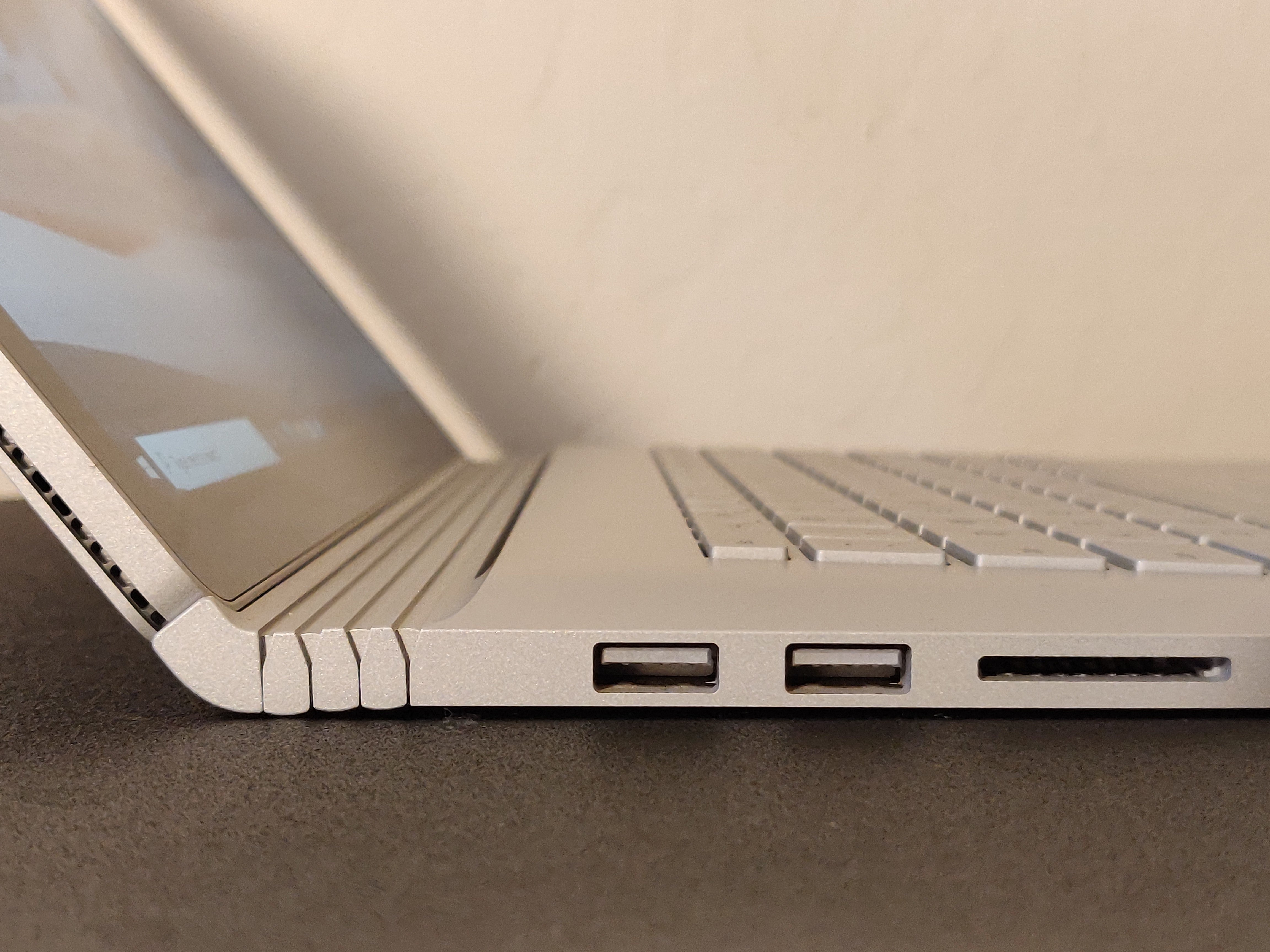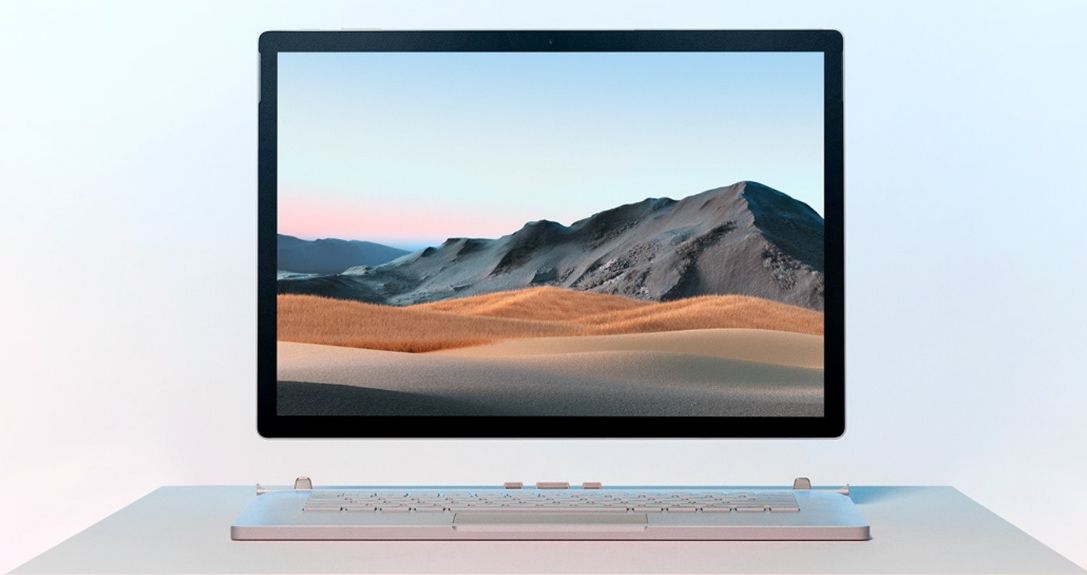
In the event that you have to use all 10 fingers on the screen at once, there's support for 10-point multi-touch in place, as well. It's an 1,800-by-1,200-pixel, Gorilla Glass 3-coated display featuring Microsoft's signature (yet controversial) 3:2 aspect ratio.

While the Surface Pro has a higher resolution and pixel density (2,736 by 1,824 pixels total and 267 pixels per inch) than the Surface Go, the Surface Go's PixelSense screen comes close.

From the ports to the pricing to the core components, here is everything you need to know about these two devices before jumping on a purchasing decision between them. To help you break down what's new and what's not from Microsoft's latest tablet, we've constructed this handy guide pitting the Surface Go against the Surface Pro. Better yet, it's compatible with a lot of the same kinds of accessories as the full-fat Surface Pro, so you can expect similar functionality from the Surface Go, despite its watered-down internal components.īuilt-in kickstand and all, the Surface Go shares many of the Surface Pro's best qualities, though in some ways it differs. That said, due in part to its high-screen resolution, the Surface Go stuffs a premium appearance into a modestly priced package. And the base model uses eMMC memory versus a "true" SSD. The processor, for one, is a low-wattage "Kaby Lake" Intel Pentium Gold 4415Y, as opposed to the Surface Pro's range of Intel Core m3 to Core i7 CPUs. To achieve its more appetizing price point, some obvious concessions were made. Starting at $399, this new 10-inch Windows tablet draws influence from the 12.3-inch Surface Pro (which starts at $799), without being a straight-up, shrunken-down clone of the larger tablet that came before it. With faster performance, better battery life, and other welcome improvements over its predecessor, the Microsoft Surface Pro is still the standard bearer for 2-in-1 Windows tablets.Īfter a long string of rumors and speculation, Microsoft's Surface Go was finally revealed this week as a lower-cost (and smaller) alternative to the familiar Surface Pros of years past. Just know that frequent travelers will like it best, and the core processing power is on the light side. The well-built Surface Go is the least expensive route into Microsoft's superb Surface tablet line, and the most portable option.



 0 kommentar(er)
0 kommentar(er)
